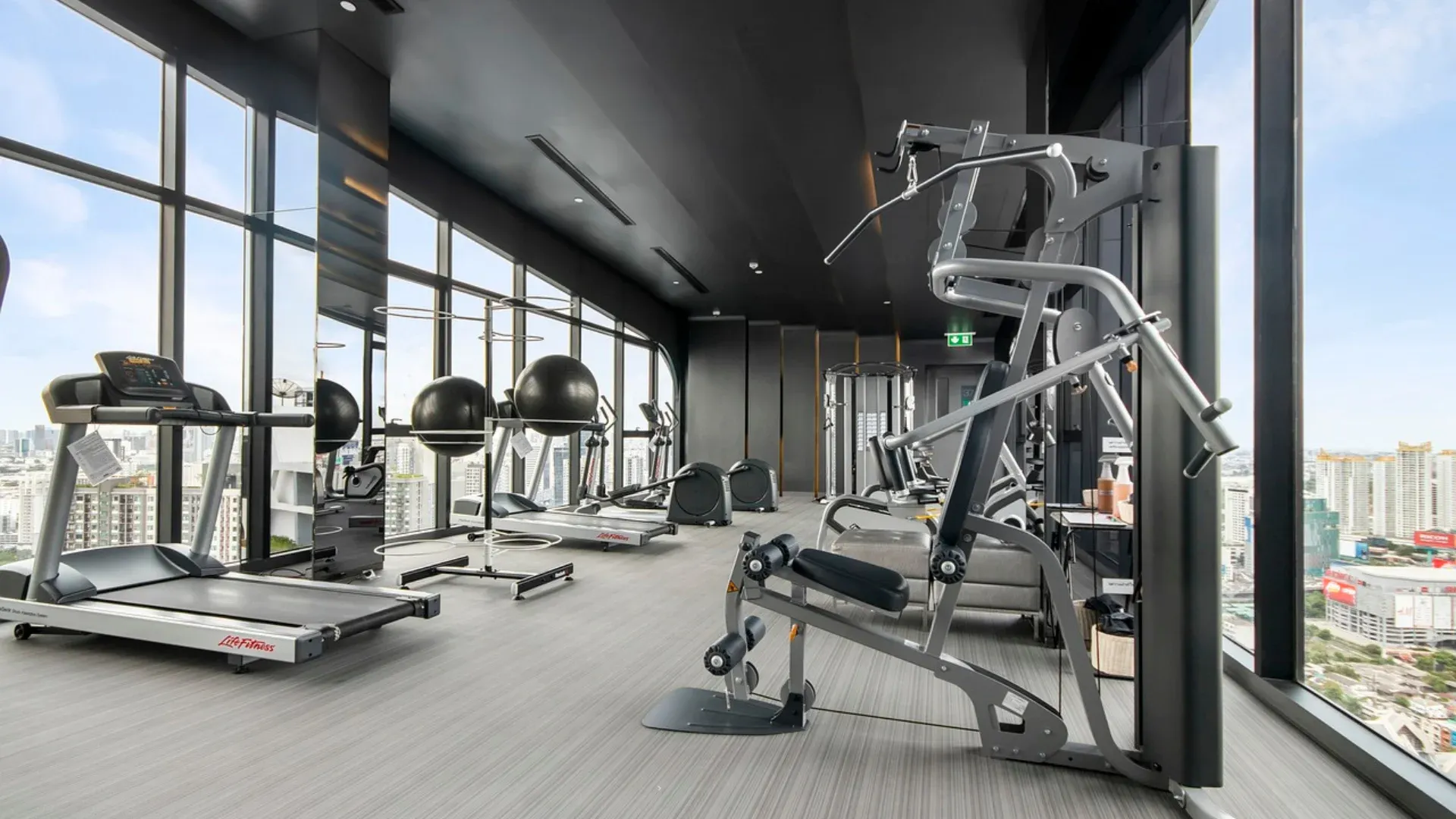
In today’s fast-paced world, maintaining a healthy lifestyle is essential, and investing in the right fitness equipment can make all the difference. Whether you are setting up a home gym or looking for a few essential pieces to stay fit, selecting the right equipment ensures efficiency, safety, and motivation. This guide will help you understand the key factors to consider when choosing fitness equipment that suits your needs and goals.
1. Determine Your Fitness Goals
Before purchasing any fitness equipment, it’s crucial to define your fitness goals. Are you looking to lose weight, build muscle, improve cardiovascular health, or enhance flexibility? Different equipment serves different purposes:
- Cardio Machines: Treadmills, elliptical trainers, and stationary bikes are excellent for burning calories and improving heart health.
- Strength Training Equipment: Dumbbells, kettlebells, resistance bands, and weight machines help build and tone muscles.
- Flexibility and Recovery Tools: Yoga mats, foam rollers, and resistance bands aid in stretching and recovery.
2. Assess Available Space
The amount of space you have will dictate the type and size of fitness equipment you can accommodate. If you live in a small apartment, consider compact or foldable equipment such as resistance bands, adjustable dumbbells, or a foldable treadmill. For those with a dedicated gym space, larger machines like rowing machines or multi-station gym systems can be a great addition.
3. Consider Your Budget
Fitness equipment comes in various price ranges, from affordable options to high-end machines. Setting a budget helps narrow your choices while ensuring you get the best value for your money. Keep in mind:
- Basic Equipment: Jump ropes, resistance bands, and stability balls are cost-effective and effective for full-body workouts.
- Mid-Range Equipment: Dumbbells, kettlebells, and adjustable weight benches provide more resistance training options.
- High-End Machines: Treadmills, rowing machines, and elliptical trainers offer advanced features but come with a higher price tag.
4. Quality and Durability
Investing in durable, high-quality fitness equipment ensures longevity and safety. Look for equipment made from sturdy materials, such as steel frames for weight machines and commercial-grade rubber for resistance bands. Reading customer reviews and checking warranty options can also help determine the reliability of a product.
5. User-Friendly Features
If you’re new to working out, opt for fitness equipment that is easy to use. Adjustable resistance levels, pre-set workout programs, and clear instruction manuals can make your exercise routine more enjoyable and effective. Additionally, consider machines with digital displays that track time, distance, calories burned, and heart rate.
6. Safety Considerations
Your safety should be a top priority when choosing fitness equipment. Ensure that:
- Machines have sturdy handrails, secure grips, and non-slip surfaces.
- Weights and resistance bands are made of durable materials to prevent breakage.
- Treadmills and ellipticals come with emergency stop buttons or safety clips.
7. Versatility and Adaptability
For a well-rounded fitness routine, consider equipment that offers multiple workout options. Adjustable dumbbells, resistance bands, and suspension trainers provide variety and allow for progressive training as you advance. Multi-functional machines, such as power racks or cable machines, are also great for targeting different muscle groups.
8. Consider Your Lifestyle and Preferences
Your fitness routine should fit seamlessly into your lifestyle. If you enjoy outdoor activities, consider portable fitness equipment like jump ropes or resistance bands. For tech-savvy individuals, smart home gym systems with virtual trainers and workout tracking can enhance motivation and engagement.
9. Test the Equipment Before Buying
Whenever possible, test fitness equipment before making a purchase. Visit a local fitness store or gym to try out machines and see how they feel. Ensure the equipment operates smoothly, is comfortable to use, and suits your workout style.
10. Maintenance and Storage
Regular maintenance extends the lifespan of fitness equipment. Check for easy maintenance options, such as self-lubricating treadmills or rust-resistant weights. If space is limited, choose equipment that is easy to store, like foldable benches or stackable weights.
Conclusion
Investing in the right fitness equipment is a step towards a healthier and more active lifestyle. By considering your fitness goals, budget, available space, and safety features, you can make informed decisions that lead to effective and enjoyable workouts. Whether you’re a beginner or a seasoned fitness enthusiast, the right equipment will keep you motivated and on track to achieving your health and fitness goals.
